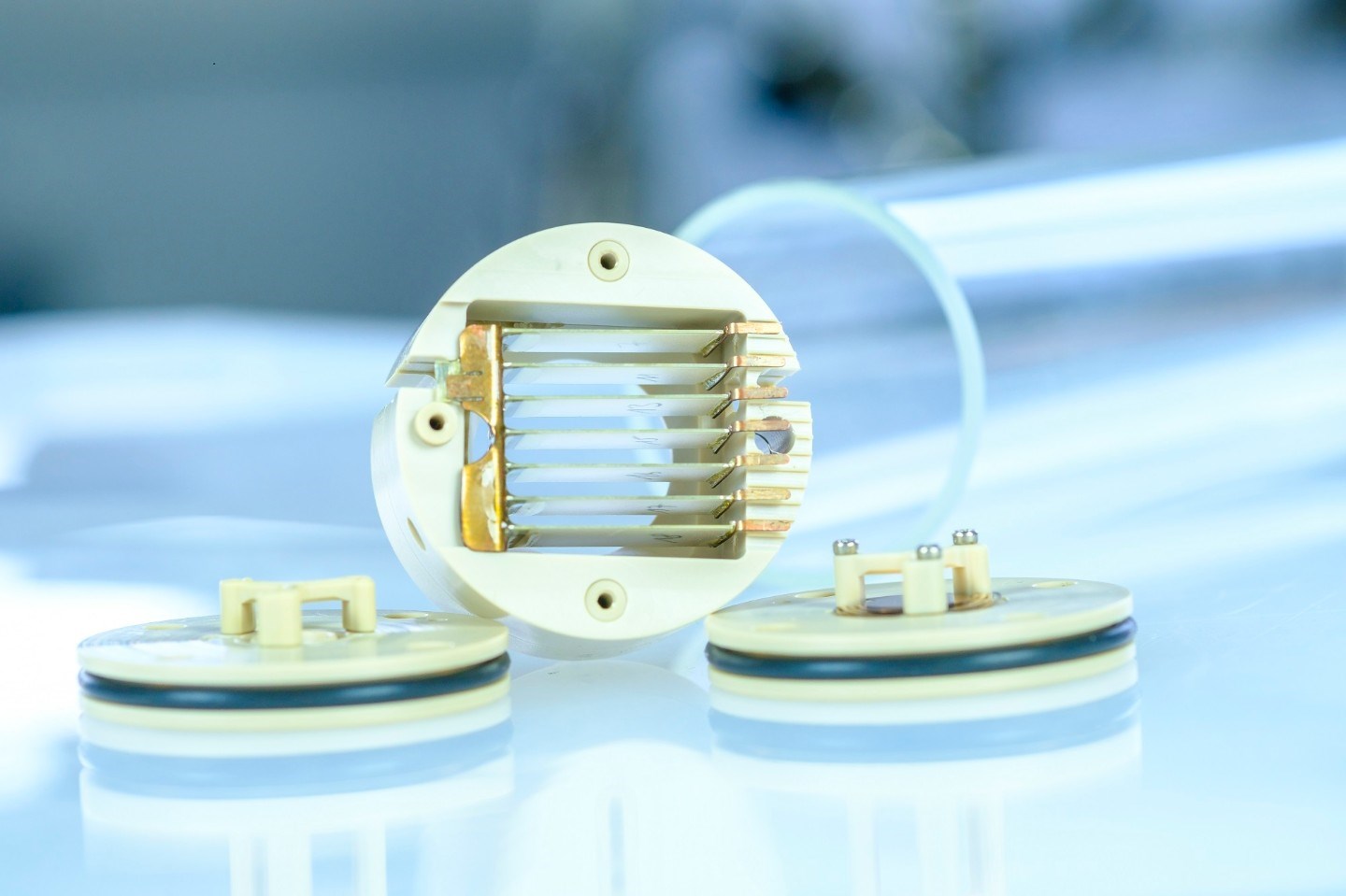 Germany’s Fraunhofer Institute of Physical Measurement Techniques (Fraunhofer IPM) develops a new solid state heat pumps that do not use compressors and claim to be more efficient than compressor -based counterparts.
Germany’s Fraunhofer Institute of Physical Measurement Techniques (Fraunhofer IPM) develops a new solid state heat pumps that do not use compressors and claim to be more efficient than compressor -based counterparts.Electrocaloric Materials instead of Compressor
In traditional heat pumps, the compressors perform the heating or cooling process by moving the cooler within the cooling cycle and performing heat transfer through heat exchanges. Alternatively, when electricity is applied, it develops electrocaloric heat pumps formed from materials that provide heat transfer.
The Archives in Fraunhofer used active elastocaloric heat pipes (AEH) to increase the heat transfer rate in electrocaloric heat pumps and to obtain hidden heat transfer through evaporation and condensation of the liquid on the caloric material. Water and ethanol were used as fluid.
Researchers say that the heat pipes approach allows faster cycle than the movement of the refrigerant gas in the traditional heat pumps. It is stated that the liquid can evaporate and condens and condens on the surface of the electrocaloric material up to ten times per second and thus more heat can be carried with much less material. This paves the way for the development of much lower cost systems in the future.
The research team also prevented electrocaloric segments by using the electrocaloric segments into the EPOXY resin, developed by the Institute of Structural Duration and System, developed by the Fraunhofer Electron Ray and Plasma Technology Institute to make evaporation from the surface especially efficient.
Efficiency increased to 99.74 %
Moreover, researchers from the Fraunhofer Applied Floor Physics Institute designed a Gallium Nitride (GAN) -based DC/DC converter to improve the electrical controls of heat pumps. It is stated that this device increases the electrical efficiency of the system to 99.74 %and this value is significantly above the transformation efficiency, which was previously less than 90 %.
Fraunhofer, says that all components work together in three different demo systems and achieve the expected system performance. In their simulations, the instrument also states that the efficiency of today’s materials and electrocaloric heat pumps reaches equal to the efficiency of compressor systems. However, he also adds that there are many ways to go before them for commercial use.